The proposal would have cut nearly $800,000 in funding, required cutting at least 5 teachers, and enlarge class size in East Hampton schools.
EAST HAMPTON, Conn. — A budget proposal for the town of East Hampton was rejected by voters by a wide margin Tuesday. Voters also stated the budget amount for the town and the East Hampton Board of Education was too low and needed additional funding.
Tuesday’s vote comes after weeks of tension due to the budget proposal that would have cut nearly $800,000 in funding, required to cut at least 5 teachers and enlarge class size in East Hampton Schools.
The will of the voters is to send the budget back to the board of finance to be reevaluated and include more funding.
Superintendent of Schools Paul Smith said if he is hopeful a compromise can be made so no staff have to be cut and increasing class size.
“If I can get about $250,000 back, I can at least bring back the three classroom teachers and that avoids canceled classes at the high school or larger class sizes at the elementary school. So, I think it's a time for compromise at this point,” said Smith.
Voters who were present at the time results were read after 8 p.m. said they are happy with the results.
“I am very excited how the votes turned out, that was my hope, that's how I voted because I again wanted to prove that we actually need to have well-funded budgets work both for the Board of Ed and for the town,” said Ekaterine Tchelitze.
A parent who also serves on the Board of Education told FOX 61 the Board of Education has to reflect what’s going on in the economy citing the increase in inflation.
“The Board of Education in East Hampton did not add a single line item to their budget. They didn't ask for a single thing extra than they did the last year, which by the way, was also a bare-bones budget,” said Michael Buck.
After weeks of back and forth, he hopes the town can move forward.
"The town of East Hampton needs to heal, and that healing comes through unity,” said Buck
Sign up for the FOX61 newsletters: Morning Forecast, Morning Headlines, Evening Headlines
The Unofficial vote results are below:
Shall the Town Government Annual Budget for the Fiscal Year 2023-2024 in the amount of $17,995,316 as recommended by the Town Council be approved?
Yes - 904
No - 2015
Is the Town Government Budget of $17,995,316
Too High - 1071
Too Low - 1506
Shall the Board of Education's Annual Budget for the Fiscal Year 2023-2024 in the amount of $35,608,655 as recommended by the Town Council be approved?
Yes - 617
No - 2296
Is the Board of Education Budget of $35,608,655
Too High - 1117
Too Low - 1635
Related Articles
Jake Garcia is a multimedia journalist for FOX61 News. He can be reached at [email protected]. Follow him on Facebook, Twitter, and Instagram.
---
Have a story idea or something on your mind you want to share? We want to hear from you! Email us at [email protected]
----
HERE ARE MORE WAYS TO GET FOX61 NEWS
Download the FOX61 News APP
iTunes: Click here to download
Google Play: Click here to download
Stream Live on ROKU: Add the channel from the ROKU store or by searching FOX61.
Steam Live on FIRE TV: Search ‘FOX61’ and click ‘Get’ to download.

 860.777.1027
860.777.1027




 Service Areas
Service Areas























